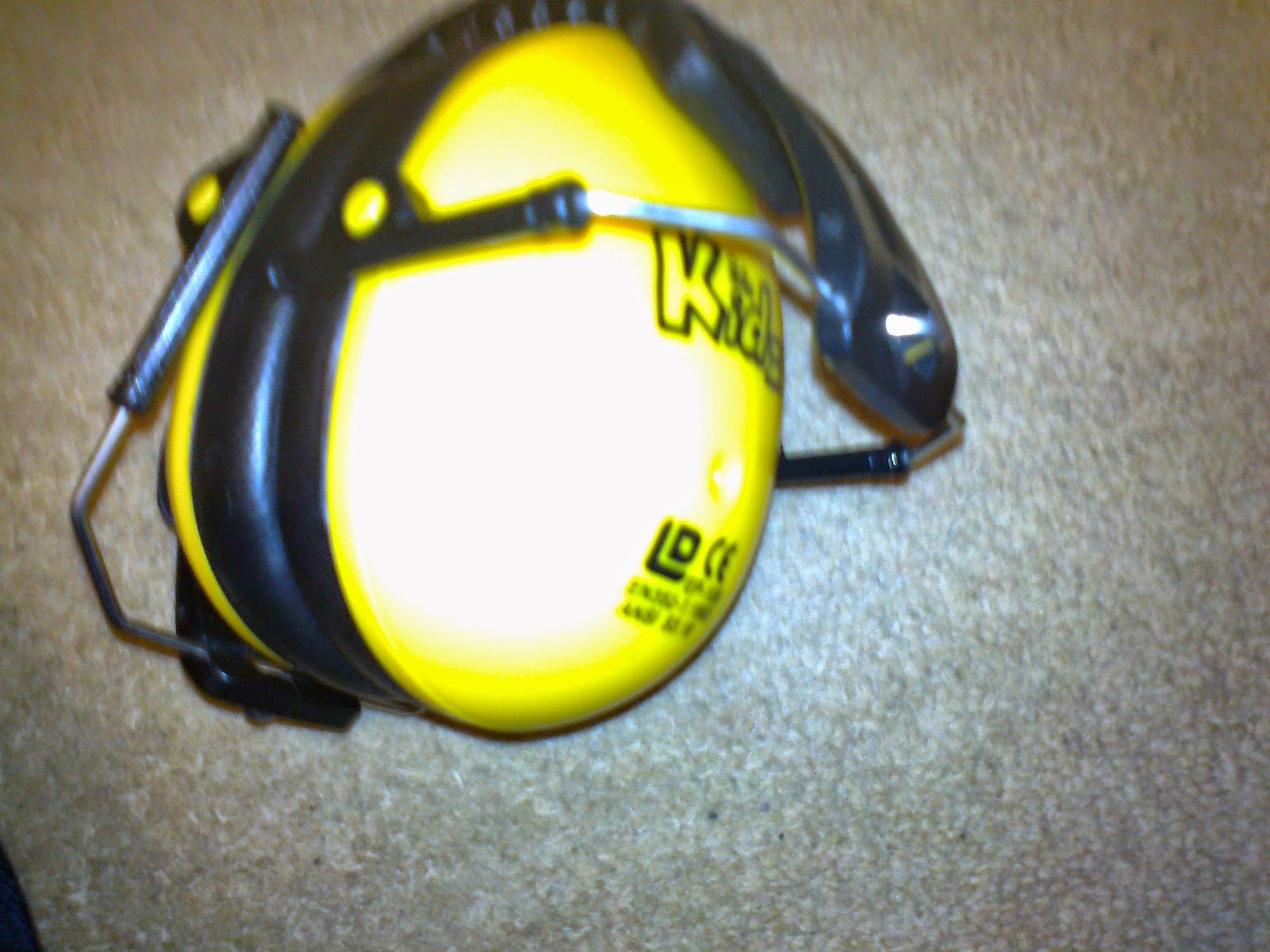
When you get into the realms of Special Educational Needs and Disability (SEN/D) a whole new language opens up in front of you. At first, a decade ago, we went along to meetings where 'professionals' (or service providers) were spouting off terms that we had never heard before... and so the struggle to educate ourselves in this new environment and language began. At the outset we (naively) believed the 'professionals' would know best as they would have experienced the difficulties we were talking about many times before and J is our only child. This was a major mistake. We should have been warned that many 'professionals' have such a honed area of expertise that they couldn't see J as a whole person - merely talk to the particular area in which they prided themselves in knowing alot about. Rarely do the 'professionals' we meet see J as a whole, rarely do they go away and seek information prior to subsequent appointments and rarely do they explain, properly, what in the world they are wittering on about.... for that is what it sometimes (often) seems like.
Over the years, we have learned a huge number of TLAs (Three Letter Acronyms) and shorthand speak for 'things' that relate to J. Starting in pre-school with
SENCo - Special Educational Needs Co-Ordinator making an
IEP - Individual Education Plan. Moving through to
LA - Local Authority and 'professionals' such as
EP - Educational Psychologist,
SLT (SaLT or S<) Speech and Language Therapist,
OT - Occupational Therapist,
PT - Physiotherapist.
Later came the dxs (diagnoses), treatments, investigations, assessments and discussions about difficulites:
DCD - Developmental Co-ordination Disorder,
ASD - Autism Spectrum Diagnosis/Disorder,
AS - Asperger's Syndrome,
LD - Learning Difficulties,
EDS - Ehlers Danlos Syndrome,
SPD - Sensory Processing Difficulties/Disorder,
CAE - Childhood Absence Epilepsy,
AED - Anti-Epileptic Drug,
SI - Sensory Integration,
MRI - Magnetic Resonance Imaging,
EEG - Electro Encephalo Gram,
CE - Conductive Education,
VF - Video Fluoroscopy,
SIPT - Sensory Integration and Praxis Test,
WISC - Wechsler Intelligence Scale for Children,
CAMHS - Child and Adolescent Mental Health Service,
CCG - Clinical Commissioning Group
Along the way you hear of other terms:
DS - Down's Syndrome,
CP - Cerebral Palsy,
ADHD - Attention Deficit Hyperactivity Disorder,
ADD - Attention Deficit Disorder,
LAC - Looked After Children,
OCD - Obsessive Compulsive Disorder,
BI - Best Interests,
CoP - Court of Protection,
CAF - Common Assessment Framework,
MH - Mental Health,
EBD - Emotional and Behavioural Difficulties,
PMLD - Profound and Multiple Learning Difficulties,
SW - Social Worker,
PA - Personal Assistant,
VI - Visual Impairment,
HI - Hearing Impairment,
NT - Neuro Typical
Then the terms relating to legal challenges regarding education and disability:
SSEN - Statutory Statement of Special Educational Needs,
WD - Working Document,
FTT - First Tier Tribunal,
UTT - Upper Tier Tribunal,
JR - Judicial Review. From 1 Sept 2104 SSEN will be transitioned to
EHCPs - Education Health and Care Plans,
LGO - Local Government Ombudsman,
PHSO - Parliamentary and Health Service Ombudsman.
Not forgetting the
DLA - Disability Living Allowance,
CA - Carer's Allowance,
PIP - Personal Independence Allowance,
DSA - Disabled Student's Allowance,
ESA - Employment and Support Allowance.
Unfortunately, this is in no way a comprehensive list of terms that are regularly bandied about in relation to Children and Young People (
CYP) like J... it's a quick list that has come from a twitter chat (where TLAs come in useful to maximise the 140 character limit) in which someone expressed wholly understandable confusion around the terms being used. I'd started this post ages ago but am now wondering if perhaps it may help a bit? Whatever, it's being posted and can be used/not as suits.
Feel free to add more terms through using the comments below!
 Then, in the summer, we were sent a bPay loop by Kathryn as she thought it may be what I was looking for... I attached it to J's lanyard and activated it online. As the lanyard is something J's very familiar with, he was happy to 'have a go' with the bPay loop once he understood it allowed him to pay without needing to "mess about with coins".
Then, in the summer, we were sent a bPay loop by Kathryn as she thought it may be what I was looking for... I attached it to J's lanyard and activated it online. As the lanyard is something J's very familiar with, he was happy to 'have a go' with the bPay loop once he understood it allowed him to pay without needing to "mess about with coins". 








































